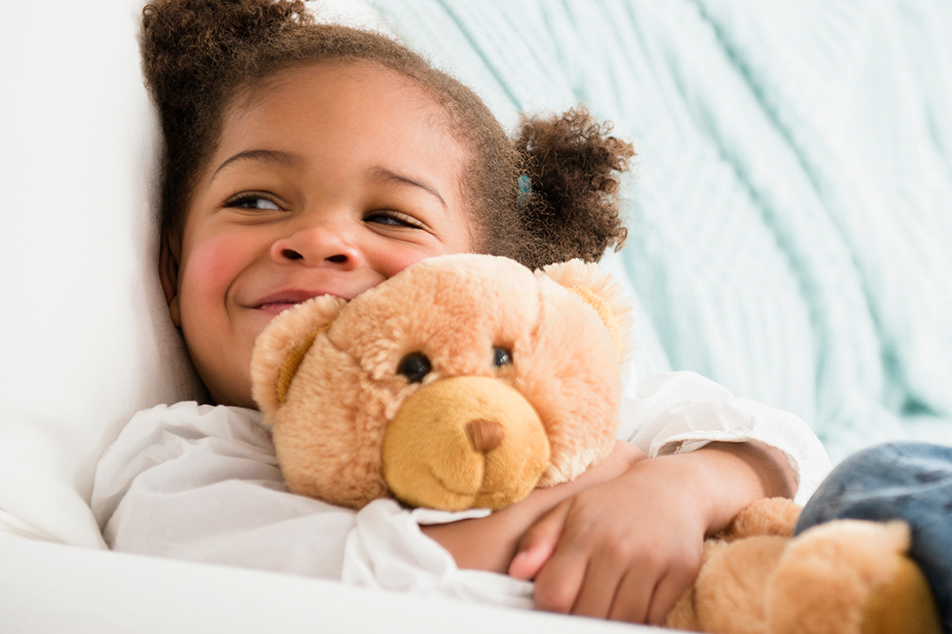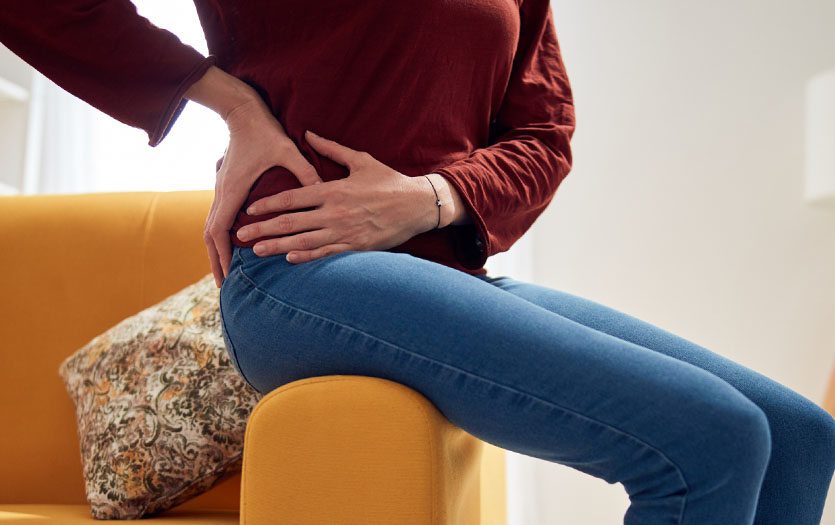
This post was written by Megan Kariger, MS, CCLS, certified child life specialist, Parkview Health.
The stress of everyday life during COVID-19 can be daunting and affect children, as well as adults. For kids, adjusting to a new normal where they can’t see their friends or other family members can be tough. When parents begin returning to a normal work routine outside of the home children will be faced with another potential stressor. Comfort items, such as blankets, pacifiers, stuffed animals or other soft objects, provide a sense of security and emotional support to infants and children. These items can help comfort and soothe your child when he or she is sick, tired, anxious or scared.
Pacifiers
Pacifiers can be very beneficial for newborns and infants, as they support the sucking reflex which can quickly help them calm down and comfort them. The main concern for utilizing a pacifier long term is that it can impact the positioning of the tongue and teeth, which in turn may cause some oral, motor and language delays. While your infant or toddler may stop utilizing the pacifier on their own, many infants and toddlers will struggle to transition away from it. As a result, it may be best to utilize the pacifier sparingly – when your infant is sick, scared or to help soothe your infant to sleep, but then put it away until it is needed again. Additionally, it may be a good idea to pair the pacifier with another comfort item, such as a blanket or stuffed animal so that your child still has something available to him or her once the pacifier is taken away.
Blankets
Blankets can also be beneficial for young children. Blankets can be utilized during naptime or bedtime and may help children fall back asleep when they are upset. Some blankets may also become “security blankets”, meaning your child wants to bring the item everywhere. Again, be cautious about this comfort item being available all the time as it makes it more difficult to wean the object in the future. However, children may eventually decide on their own to stop using a blanket to increase self-regulation or as a result of self-cosnciousness.
Stuffed animals
Stuffed animals are another comfort item that can provide emotional support and comfort to children. Stuffed animals can also have long-term benefits such as encouraging taking care of others through pretend play and expressing emotions (My teddy bear is scared about ____). Similar to blankets, some children may stop utilizing a stuffed animal as a comfort item because they have learned new ways to cope with separation anxiety or stress during transitional times.
When you determine that you want to start to wean your child off of these comfort items, you should consider these factors:
- It’s important to make sure that your child is healthy and that no major life changes are currently occurring, as this is a time when your child would likely want the pacifier, blanket, or stuffed animal more.
- Make sure that all caregivers in the child’s environment are aware of the plan to wean and are on the same page as to when the child is allowed vs. not allowed to have the object.
- Try to gradually limit access to the transitional object, utilizing a schedule if needed. Remember that transitioning children off of comfort items is a slow process and that your child can still use those comfort items during the weaning process.
Sources
Fortuna, K., Baor, L., Israel, S., Abadi, A., & Knafo, A. (2014). Attachment to inanimate objects and early childcare: A twin study. Frontiers in psychology, 5, 486. https://doi.org/10.3389/fpsyg.2014.00486



